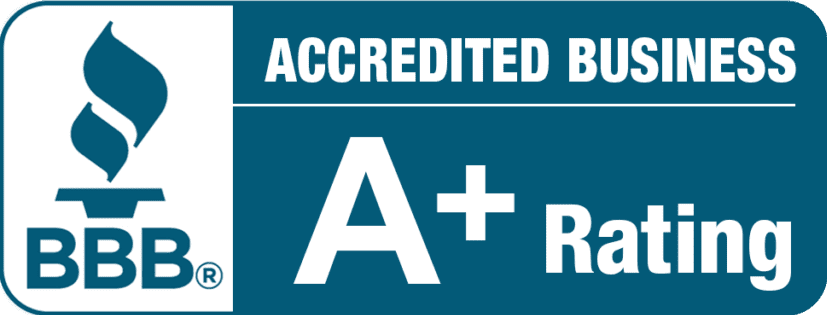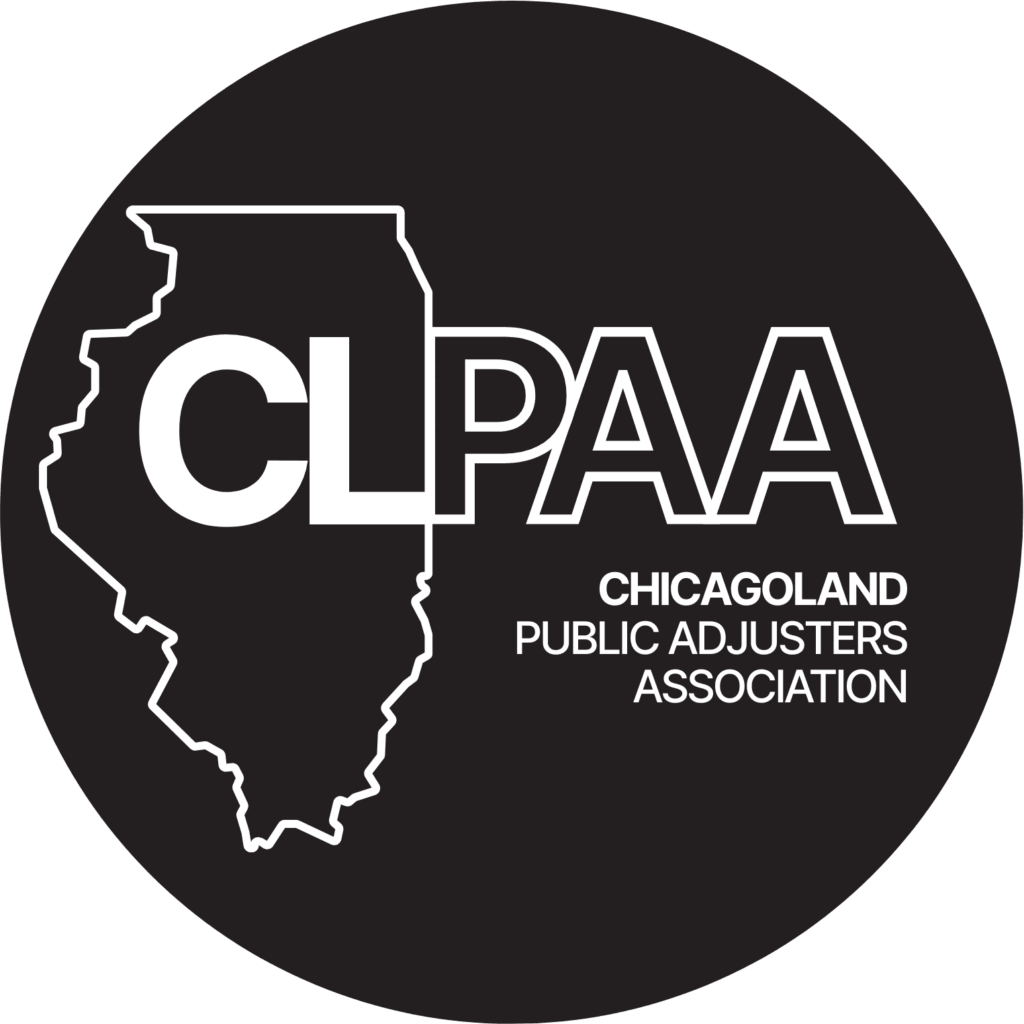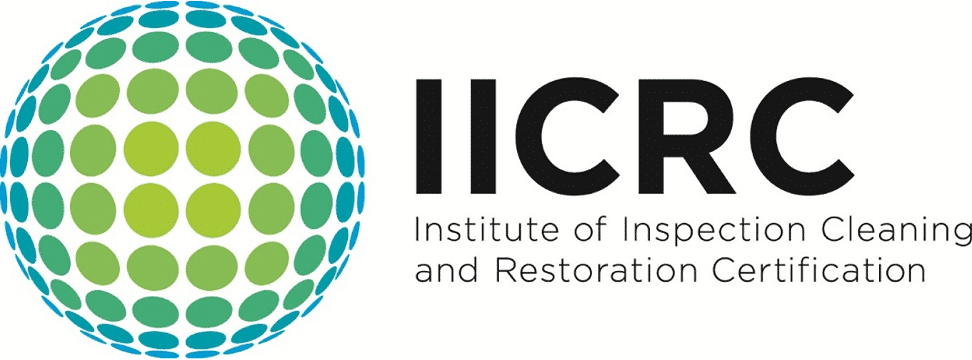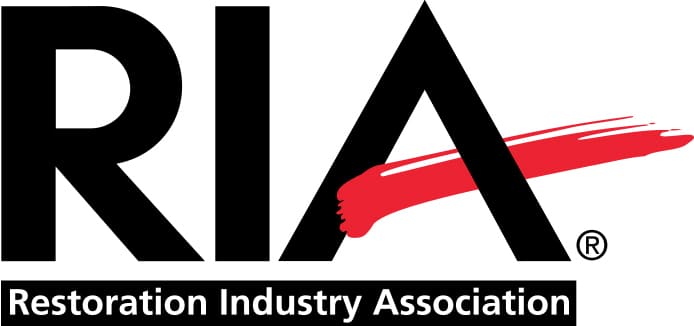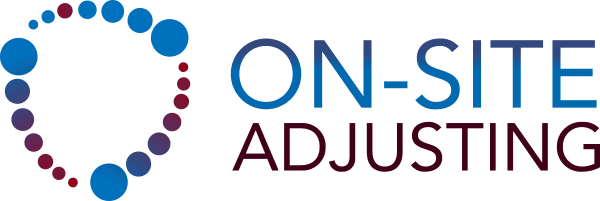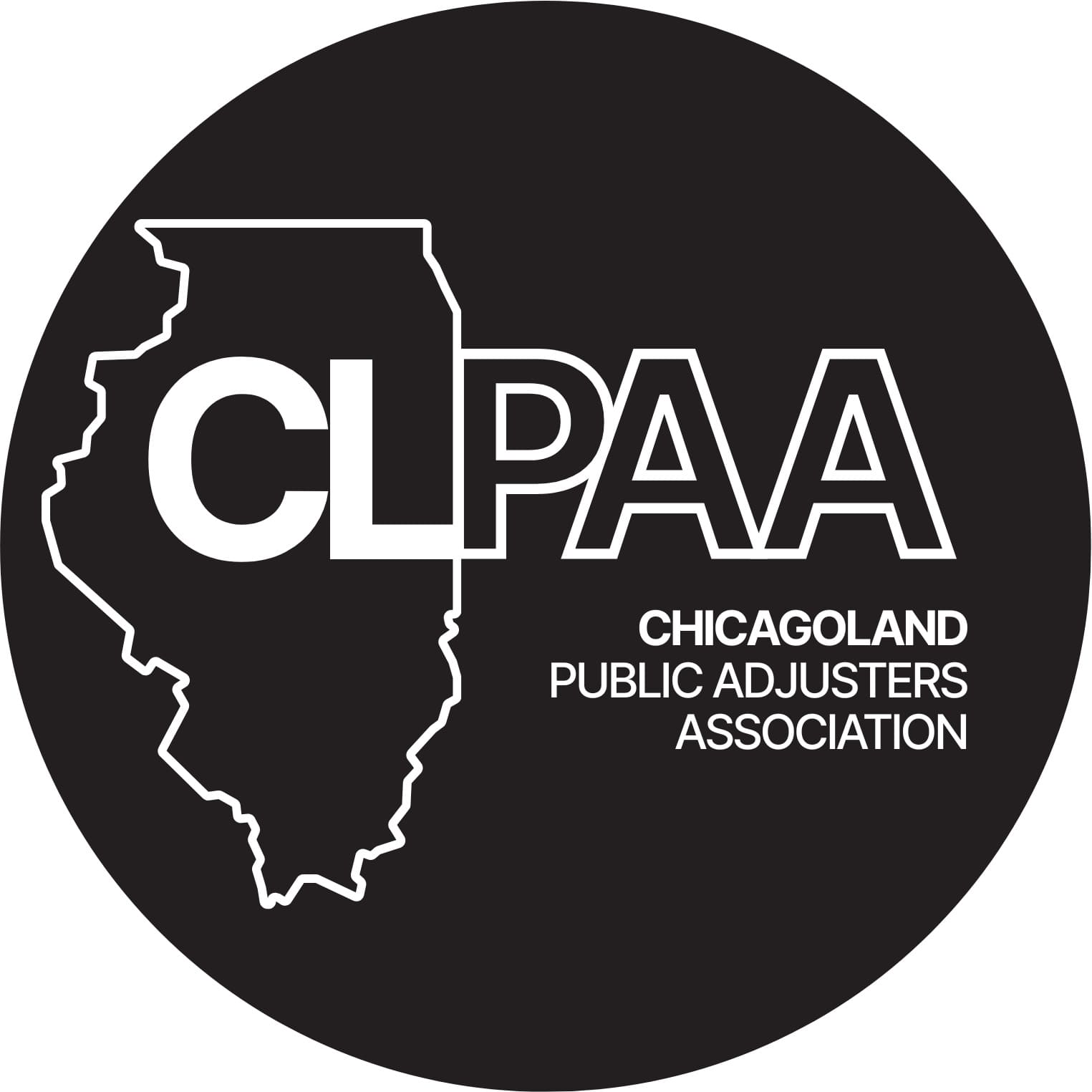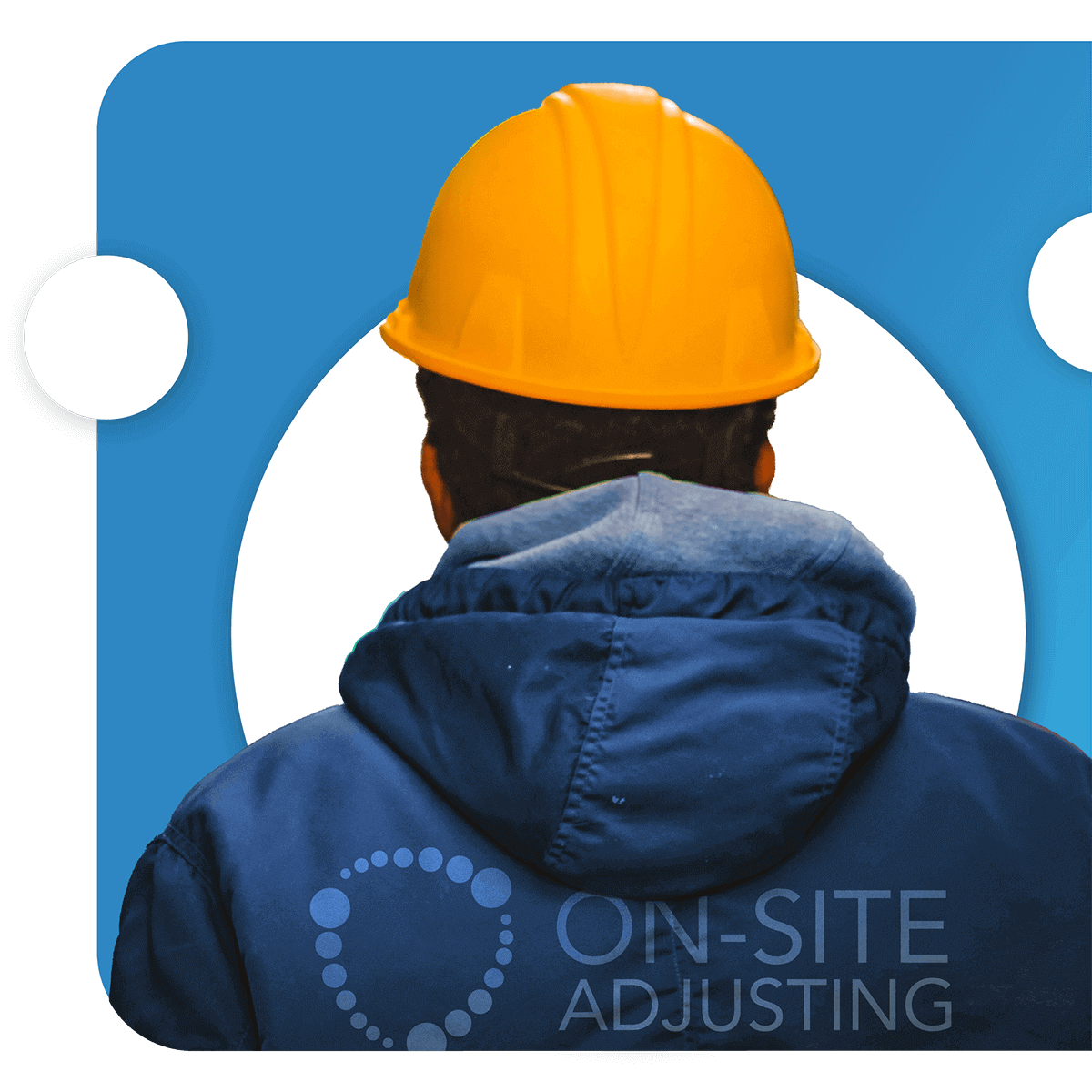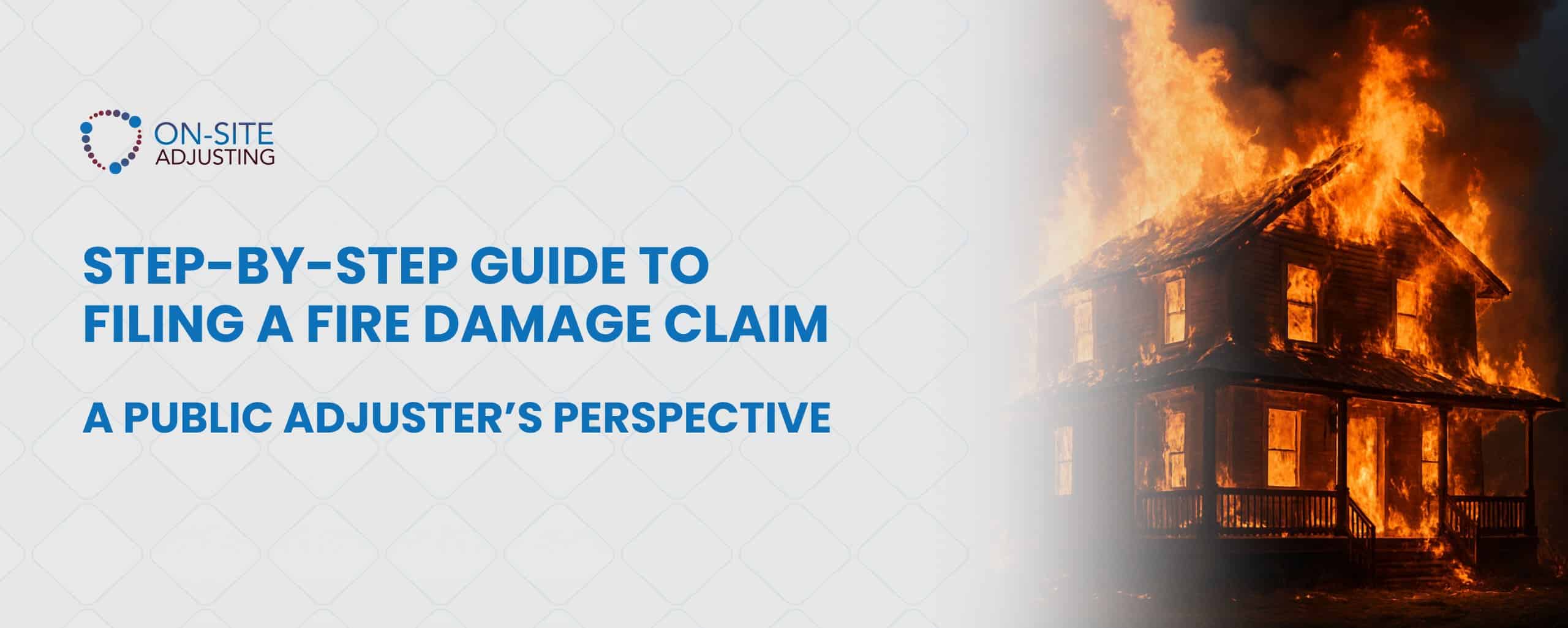
A house fire is one of the most traumatic events a homeowner can experience. After the flames are out, you’re left with a daunting task: navigating your insurance claim and rebuilding your life. While many policyholders rely on their insurance company’s preferred vendors, a public adjuster can be a homeowner’s strongest advocate. Here’s a detailed, step-by-step guide to handling a fire damage claim from the perspective of a seasoned public adjuster.
Step 1: Perform Emergency Services Immediately
A. Board-Up Services
Secure all broken windows, doors, and roof openings. Fire departments often create ventilation holes in roofs — these must be tarped to prevent water and weather damage.
B. Debris Clean-Up
Clear debris outside the home, but don’t dispose of anything related to the fire source until the insurance company’s fire investigator has examined the scene.
C. Mitigation – Water & Smoke Cleanup
Mitigation is situational:
- Recommended if the property is still livable or minimally affected.
- Not recommended if the home is uninhabitable. In these cases, materials are often beyond salvage and will need full replacement during reconstruction. Over-mitigation can reduce your rebuild payout and increase costs unnecessarily.
D. Clothing & Textile Restoration
Avoid excessive cleaning, especially on synthetic fabrics. In most cases, it’s more beneficial to declare a total loss and push for replacement value. If the insurer insists on cleaning, request the cash equivalent instead.
E. Furniture & Contents Restoration
Apply the same logic as with textiles. Collecting a cleaning allowance (without actually restoring) is often the smarter move. Public adjusters can help you fight for full replacements.
F. Additional Living Expenses (ALE)
After a fire, victims typically move into a hotel suite temporarily. Transition quickly to a furnished short-term lease to stretch ALE coverage. Don’t accept lesser accommodations — your policy entitles you to “like kind and quality.”
Feeling stuck with your claim? You don’t have to fight alone.
Reach out to us — we will review your claim for free and help you understand your options
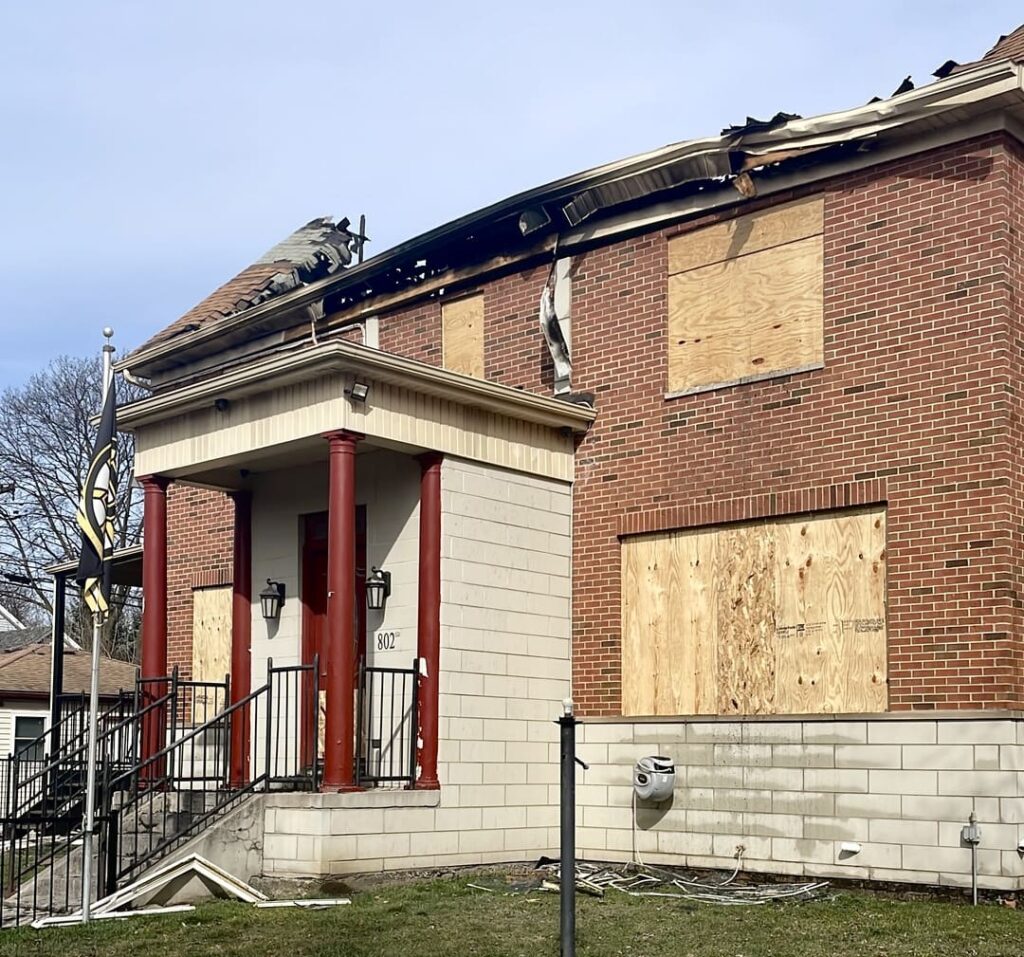
Step 2: The Adjusting Process
This is where a public adjuster truly adds value — by documenting, negotiating, and maximizing your claim.
A. Structure Adjusting
The public adjuster ensures the full scope of the damage is covered, including hidden damages.
Common Hidden Damages to Watch For:
- Smoke behind walls and insulation
- Water damage and high moisture levels
- Framing and structural damage
- Melted wiring and fire-damaged plumbing
- HVAC contamination with soot
Cost-Cutting Tactics Used by Insurance Companies:
- Reusing damaged drywall or flooring
- Cleaning instead of replacing materials
- Patching instead of full replacement
- Replacing high-grade finishes with inferior ones (e.g., hardwood swapped for laminate)
- Ignoring city code upgrade requirements
Public adjusters prevent these tactics and ensure a comprehensive repair estimate.
B. Contents Adjusting
This involves taking inventory of every damaged item — furniture, clothing, electronics, etc. — and determining replacement cost vs. actual cash value. A public adjuster handles this timeconsuming task professionally and can increase your total claim payout significantly.
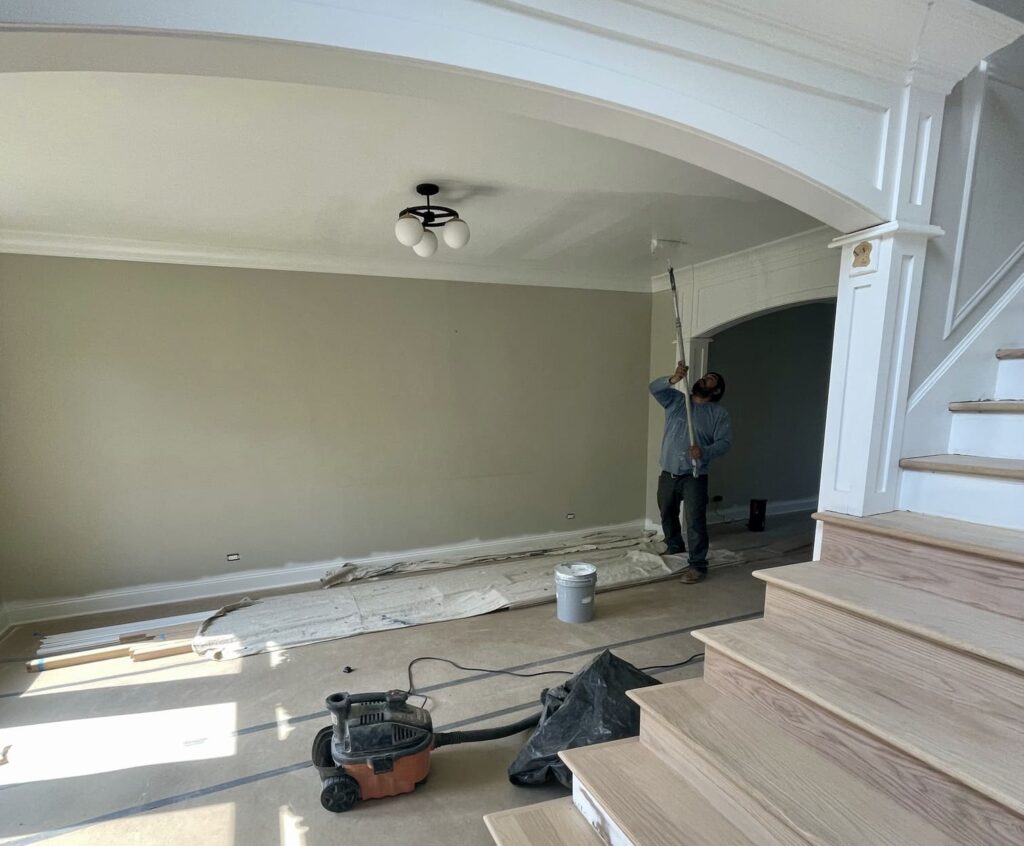
Step 3: Restoration of the Structure
After the insurance settlement is agreed upon, the restoration phase begins.
Key Restoration Steps:
- Permitting and architectural planning
- Demolition of damaged areas
- Framing replacement
- Installation of mechanical systems (electrical, plumbing, HVAC)
- City inspections (rough inspections)
- Drywall, insulation, and mudding
- Finish carpentry (flooring, trim, fixtures)
- Painting and final touch-ups
A public adjuster ensures that the insurance scope of work is detailed and accurate, maximizing the value of your rebuild.
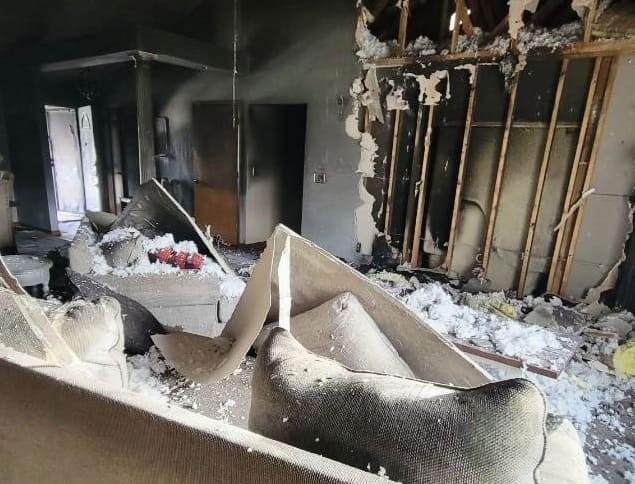
Final Thoughts
From emergency response to rebuilding your home, every step of the fire damage claim process matters. But none is more critical than the adjusting phase. Skipping or mishandling this part could cost you tens or even hundreds of thousands of dollars in underpaid or denied claims.
By hiring a public adjuster, you gain an experienced advocate who understands the complexities of insurance policies, damage documentation, and negotiation tactics. When disaster strikes, don’t just rely on your insurance company — get a public adjuster on your side.
